Home>diy>Building & Construction>What Is The Foundation Of A Home
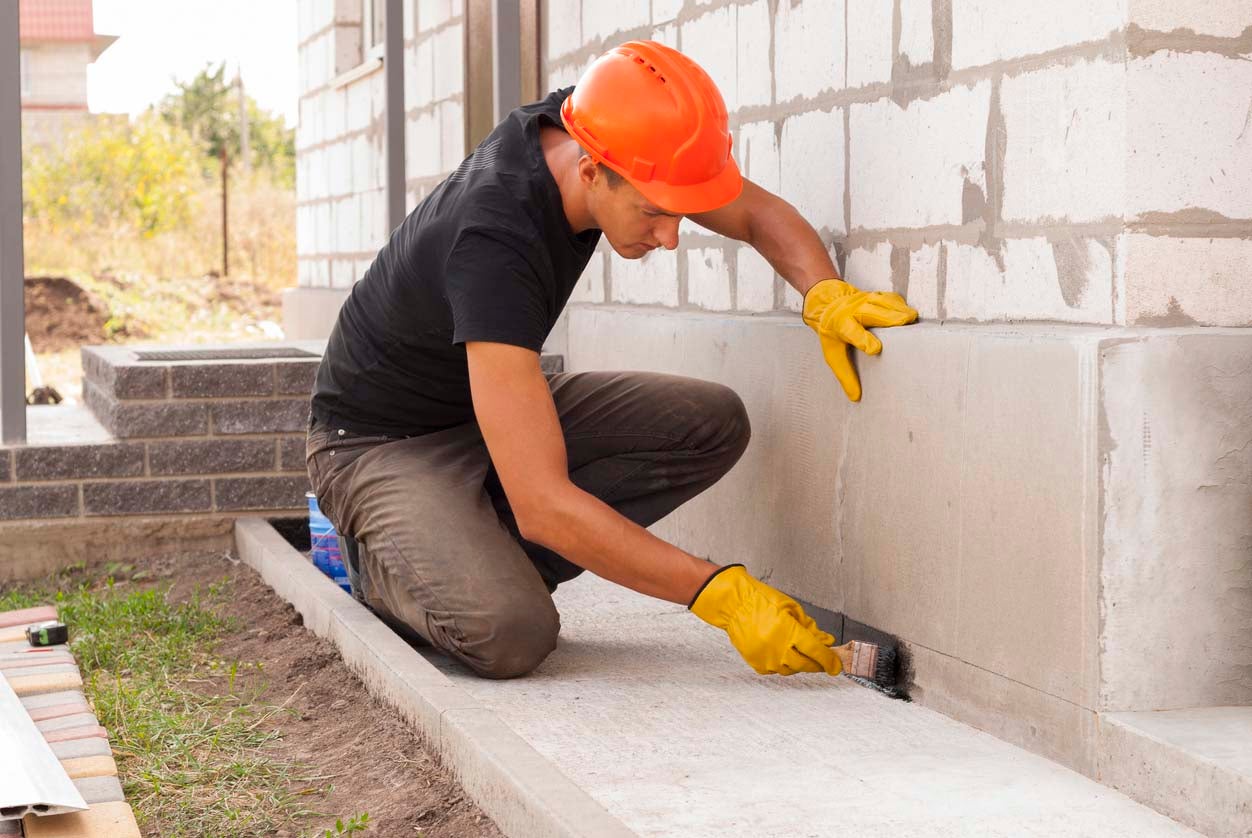

Building & Construction
What Is The Foundation Of A Home
Modified: October 19, 2024
Learn about the solid foundation of a home and its significance in building construction. Discover key elements and techniques for a sturdy and durable structure.
(Many of the links in this article redirect to a specific reviewed product. Your purchase of these products through affiliate links helps to generate commission for Storables.com, at no extra cost. Learn more)
Introduction
When envisioning a dream home, most people focus on the design, layout, and interior aesthetics. However, one vital aspect that often goes unnoticed is the foundation of the house. The foundation is the base upon which your home is built, providing stability and support for the entire structure. It is the first and most crucial step in the construction process.
A strong and well-built foundation is essential for the longevity and structural integrity of the house. It ensures that the weight of the building is evenly distributed and that it can withstand various forces, such as natural disasters and the test of time. A compromised or inadequate foundation can lead to structural issues, including cracks, settling, and even collapse, putting the safety of occupants at risk.
In this article, we will explore the different types of home foundations and their characteristics. We will discuss the factors to consider when choosing the right foundation for your home and the signs that may indicate foundation problems. Additionally, we will delve into the importance of foundation maintenance and repairs.
Whether you are building a new home or considering renovations, having a solid understanding of home foundations is essential in making informed decisions that will ensure the stability and durability of your house.
Key Takeaways:
- A strong foundation is crucial for a home’s stability, preventing issues like cracks and moisture problems. It also protects against natural disasters and contributes to energy efficiency.
- Different types of foundations, such as concrete slab, crawl space, and basement, offer unique benefits and considerations. Consulting professionals and regular maintenance are key to ensuring a durable foundation.
Read more: What Is A Basement Foundation
Importance of a Strong Foundation in a Home
A strong foundation is the backbone of any residential structure. It provides stability, support, and protection against various external factors. Here are some key reasons why a strong foundation is crucial for a home:
- Structural Stability: A well-built foundation ensures the structural integrity of the house. It supports the weight of the entire building, including walls, floors, and roof. By distributing the load evenly, it prevents uneven settling and reduces the risk of cracks and sagging.
- Prevention of Moisture Problems: A strong foundation acts as a barrier against moisture infiltration. It prevents water from seeping into the basement or crawl space, which can lead to mold growth, rot, and damage to the building’s structure.
- Protection Against Natural Disasters: In areas prone to earthquakes, hurricanes, and other natural disasters, a strong foundation is essential. It helps the house withstand the forces of nature and minimizes the risk of collapse or extensive damage.
- Energy Efficiency: A properly insulated foundation contributes to the overall energy efficiency of the home. By preventing drafts and heat loss, it reduces the reliance on heating and cooling systems, resulting in lower energy bills.
- Longevity of the Home: A strong foundation increases the lifespan of the house. It provides a solid base for the entire structure, allowing it to withstand the test of time. This can be particularly important for multi-generational homes or properties with long-term investment potential.
Investing in a strong foundation is not only crucial for the current stability and safety of your home but also for its long-term value. It provides peace of mind, reduces the risk of costly repairs, and ensures that your home remains a safe and comfortable haven for you and your family.
Types of Home Foundations
There are several types of home foundations, each with its own characteristics and suitability for different building conditions and geographical locations. The choice of foundation type depends on factors such as soil conditions, local building codes, budget, and personal preferences. Here are the three main types of home foundations:
- Concrete Slab Foundation: This type of foundation is common in areas with mild climates and stable soil conditions. A concrete slab foundation is a flat, solid concrete base that is poured directly onto the ground. It provides a sturdy and cost-effective option, as it eliminates the need for additional excavation and construction of crawl spaces or basements. This type of foundation is popular in modern and contemporary home designs.
- Crawl Space Foundation: A crawl space foundation consists of a raised foundation with a crawl space beneath the house. The crawl space is typically accessed through small doors, allowing limited access for maintenance and repairs. This type of foundation is suitable for areas with low moisture levels and stable soil conditions. It provides additional space for utilities such as plumbing and electrical systems, and offers insulation benefits.
- Basement Foundation: A basement foundation is characterized by a full-height underground space beneath the entire house. It provides the most usable space among the different foundation types and allows for potential expansion and flexibility in the future. A basement foundation is commonly used in regions with cold climates, as the underground space provides insulation against freezing temperatures. It also provides additional protection against natural disasters.
Each type of foundation has its advantages and considerations. It is essential to consult with a structural engineer or a qualified contractor to assess the suitability of different foundation types based on your specific needs, budget, and geographical location. They can evaluate factors such as soil composition, water table levels, and local building codes to help you make an informed decision.
Concrete Slab Foundation
A concrete slab foundation is a popular choice for homes in areas with mild climates and stable soil conditions. It is a cost-effective and efficient option, often used in modern and contemporary home designs. Here are some key features and considerations of a concrete slab foundation:
- Construction Process: A concrete slab foundation is created by pouring a solid, flat slab of concrete directly onto the ground. Before pouring the concrete, the site is prepared by leveling the ground and adding a layer of compacted gravel for proper drainage. Reinforcement, such as wire mesh or steel bars, may be added to enhance the strength and stability of the foundation.
- Benefits: One of the main advantages of a concrete slab foundation is its cost-effectiveness. Compared to other foundation types, such as basements or crawl spaces, it requires less excavation and construction. Since there are no raised areas or crawl spaces, it maximizes the usable space in the home. Additionally, a concrete slab foundation eliminates the risk of problems associated with water infiltration and moisture buildup.
- Considerations: While a concrete slab foundation has its advantages, there are also some considerations to keep in mind. It is important to ensure that the soil underneath the slab is stable and well-compacted to prevent settling or shifting. Proper insulation is crucial to prevent heat loss or gain through the concrete, as slabs can be susceptible to temperature transfer. Additionally, any plumbing or electrical systems must be carefully planned and installed before pouring the concrete.
- Maintenance: One of the benefits of a concrete slab foundation is its low maintenance requirements. However, it is essential to periodically inspect the foundation for any signs of cracking or settling. Any cracks should be addressed promptly to prevent further damage. It is also important to ensure proper drainage around the foundation to avoid water pooling or erosion that could affect the stability of the slab.
A concrete slab foundation offers a simple and reliable solution for homes in suitable climates and soil conditions. It provides a solid base for the construction of your home and ensures long-term stability and durability. Consulting with a professional contractor or structural engineer is recommended to assess the suitability of a concrete slab foundation for your specific building site and requirements.
Crawl Space Foundation
A crawl space foundation is a type of raised foundation commonly used in homes. It involves building a space beneath the house, allowing limited access for maintenance and repairs. Here are some key features and considerations of a crawl space foundation:
- Construction Process: A crawl space foundation is created by building a raised foundation off the ground. This is typically done using a combination of concrete block piers, wooden posts, or poured concrete walls. The space created beneath the house is known as the crawl space and is accessible through small doors or vents.
- Benefits: Crawl space foundations provide several advantages. Firstly, they allow for easy access to utilities such as plumbing and electrical systems, making maintenance and repairs more convenient. Secondly, the space acts as a buffer between the ground and the house, providing insulation benefits. This can help regulate temperatures and reduce energy consumption. Lastly, the crawl space can serve as additional storage space in the home.
- Considerations: When opting for a crawl space foundation, several considerations should be taken into account. The crawl space must be properly ventilated to prevent moisture buildup and mold growth. It is also important to have a moisture barrier, such as a plastic sheet, installed on the ground to prevent ground moisture from seeping up into the crawlspace. Additionally, regular inspections and maintenance of the crawl space are necessary to address any signs of pest infestation or structural issues.
- Maintenance: Crawl space foundations require regular maintenance to ensure their longevity and functionality. This includes checking for any signs of water infiltration, such as pooling or plumbing leaks, and addressing them promptly. Additionally, the crawl space should be adequately insulated and ventilated to prevent moisture-related issues. Regular inspections of the support piers or walls should be conducted to detect any signs of settling or structural damage.
A crawl space foundation offers flexibility and convenience for homeowners. It provides easy access to utilities and allows for additional storage space. However, proper maintenance and regular inspections are crucial to ensure that the crawl space remains dry, well-ventilated, and structurally sound. Consultation with a professional contractor or structural engineer is recommended to assess the suitability of a crawl space foundation for your specific building site and requirements.
Read more: What Is Foundation In Construction
Basement Foundation
A basement foundation is a type of foundation that involves creating a full-height underground space beneath the entire house. It offers various benefits and considerations that make it a popular choice in certain regions and building designs. Here are some key features and considerations of a basement foundation:
- Construction Process: Basements are typically constructed by excavating and creating a space below the ground level. The walls are built using concrete or concrete blocks, providing structural support. The basement foundation is then waterproofed to prevent moisture infiltration. Basement windows or window wells are installed to allow natural light and emergency egress.
- Benefits: One of the major advantages of a basement foundation is the additional usable space it provides. Basements can be transformed into living areas, recreational spaces, or storage rooms, increasing the overall square footage of the home. They offer flexibility for future expansion or modifications of the house. Basements also provide insulation against extreme temperatures, making them suitable for regions with cold climates.
- Considerations: Before opting for a basement foundation, several considerations should be taken into account. Excavation and basement construction can be more expensive and complex compared to other foundation types. The soil conditions should be evaluated to ensure they are suitable for excavation. Waterproofing measures are essential to prevent moisture-related issues such as leaks and mold growth. Additionally, proper ventilation and lighting should be planned to maintain a comfortable and livable basement space.
- Maintenance: Like any other type of foundation, regular maintenance is necessary for a basement foundation. It is important to inspect the basement for any signs of water infiltration, foundation cracks, or structural issues. Any leaks or cracks should be addressed promptly to prevent further damage. Proper drainage systems around the foundation are crucial to redirect water away from the basement walls.
A basement foundation offers numerous advantages, including additional living space, insulation benefits, and flexibility for future expansion. However, the cost, complexity, and potential for moisture-related issues should be carefully considered. Consulting with a professional contractor or structural engineer is recommended to assess the suitability of a basement foundation for your specific building site and requirements.
Choosing the Right Foundation for Your Home
Choosing the right foundation for your home is a crucial decision that will impact the longevity, stability, and functionality of your house. Several factors should be considered when selecting a foundation type. Here are some key considerations to help guide you:
- Soil Conditions: The type and condition of the soil on your building site play a significant role in determining the appropriate foundation. Soils with high clay content, expansive soils, or loose sandy soils may require specific foundation types to mitigate potential issues like settling or shifting.
- Geographical Location: The geographic location of your home can influence the choice of foundation. Areas prone to seismic activity, hurricanes, or extreme weather conditions may require more robust and resilient foundation options to ensure the structural integrity of the house.
- Local Building Codes: It is essential to consult local building codes and regulations to understand the requirements and restrictions pertaining to foundation construction. Some areas may have specific guidelines regarding foundation depth, reinforcement, and waterproofing.
- Budget: Your budget will also play a role in determining the right foundation for your home. Different foundation types have varying costs associated with excavation, material, labor, and additional features such as waterproofing or insulation.
- House Design and Future Plans: Consider the design and layout of your house, as well as any future plans for expansion or modifications. Certain foundation types, like basements, offer the flexibility to accommodate future changes or provide additional living space.
- Personal Preferences: Lastly, your personal preferences and lifestyle should be taken into account. Consider factors such as the desired basement or crawl space for storage, preferences for a level surface or raised foundation, or any specific requirements for accessibility or convenience.
It is important to consult with professionals, such as architects, structural engineers, or experienced contractors, to evaluate these factors and assess the suitability of different foundation options for your specific needs. They can provide valuable guidance and recommend the most appropriate foundation type based on the unique characteristics of your building site and your preferences.
The foundation of a home is the base that supports the entire structure. It is typically made of concrete and provides stability and strength to the building. Proper maintenance and regular inspections are important to ensure the foundation remains strong and stable.
Factors to Consider for Foundation Construction
When it comes to foundation construction, there are several important factors to consider to ensure a strong and durable foundation for your home. These factors will contribute to the stability, longevity, and overall performance of your house. Here are some key factors to keep in mind:
- Soil Assessment: It is crucial to conduct a thorough assessment of the soil on your building site. Understanding the soil composition, moisture content, and load-bearing capacity will help determine the appropriate foundation design and construction techniques. Soil tests, such as geotechnical investigations, can provide valuable information for engineers and contractors.
- Foundation Design: The design of your foundation should be customized to meet the specific requirements of your location, house design, and soil conditions. Factors such as the type of foundation, depth, reinforcement techniques, and drainage systems should be carefully considered and incorporated into the design plan.
- Water Management: Proper water management is crucial to prevent potential damage to the foundation. Consideration should be given to groundwater levels, surface water runoff, and stormwater drainage. Adequate grading, waterproofing membranes, and drainage systems are essential to keep water away from the foundation and prevent water-related issues such as flooding, erosion, or seepage.
- Proper Compaction: The soil beneath and around the foundation needs to be properly compacted to prevent settling or shifting. Compaction ensures that the soil can support the weight of the structure adequately. Depending on the soil type, compaction techniques such as backfilling, soil stabilization, or compaction tests may be required.
- Quality Materials and Workmanship: The use of high-quality materials and skilled workmanship is essential for a strong foundation. This includes using the right type of concrete or other building materials, proper reinforcement techniques, and adhering to industry best practices during construction. Hiring experienced and reputable contractors is crucial to ensure the quality and integrity of the foundation.
- Compliance with Building Codes: Foundation construction must comply with local building codes and regulations. Familiarize yourself with the specific requirements for your area, including foundation depth, reinforcement standards, anchoring methods, and seismic considerations. Building permits and inspections should be obtained and followed throughout the construction process.
Foundation construction is a complex and critical process that requires careful planning, attention to detail, and professional expertise. By considering these factors and working closely with architects, engineers, and qualified contractors, you can ensure that your foundation is constructed to meet the highest standards and provide a solid base for your home.
Signs of Foundation Problems
Identifying and addressing foundation problems early on is crucial to prevent further damage to your home’s structure and ensure the safety and stability of the building. Here are some common signs that may indicate foundation issues:
- Cracks in Walls and Floors: One of the most noticeable signs of foundation problems is the appearance of cracks in walls, floors, or ceilings. These cracks may be vertical, diagonal, or horizontal and can vary in size. Pay attention to cracks that are wider than 1/8 inch, especially if they are recurring or worsening over time.
- Uneven or Sagging Floors: If you notice that your floors are uneven or sloping, it may indicate foundation issues. Floors may feel soft or bouncy in certain areas or may have visible gaps between the floor and baseboards. Check for doors and windows that no longer close properly or have gaps when closed.
- Doors and Windows Sticking: Foundation problems can cause doors and windows to stick or become difficult to open or close. You may notice resistance or have to apply extra force to operate them. This can be due to the shifting of the foundation, causing the frames to become misaligned.
- Visible Foundation Cracks: Inspect the exterior of your home for any visible cracks in the foundation itself. These cracks may appear horizontally, vertically, or in a stepped pattern. They can indicate shifting or settling of the foundation and should be addressed promptly.
- Settling or Sinking Foundation: If you notice that your foundation is visibly sinking or settling, it is a clear sign of foundation problems. This can be observed through visible gaps between the foundation and the ground, unevenness in the foundation, or the appearance of new cracks over time.
- Water Intrusion and Drainage Issues: Foundation problems can lead to water intrusion in the basement or crawl space. Look for signs of water damage, such as dampness, mold, mildew, or water stains. Poor drainage around the foundation, standing water, or soggy areas in the yard can also indicate underlying foundation issues.
If you notice any of these signs, it is important to consult with a professional foundation contractor or structural engineer for a thorough inspection and assessment. They will be able to determine the extent of the problem, identify the underlying causes, and recommend the appropriate measures for repair and stabilization. Early detection and timely action can help prevent further damage and save you from costly repairs in the future.
Read more: What Is A Foundation For A Mattress
Foundation Maintenance and Repair
Maintaining a strong and stable foundation is essential for the overall health and longevity of your home. Regular maintenance and prompt repairs are key to preventing further damage and ensuring the structural integrity of the building. Here are some important factors to consider for foundation maintenance and repair:
Maintenance:
- Monitor the Foundation: Conduct regular inspections of your foundation, both inside and outside the house. Look for signs of cracks, shifting, or settling. Pay attention to any changes in the appearance or performance of doors, windows, or floors.
- Manage Moisture: Proper moisture control is essential to prevent foundation damage. Ensure proper drainage around the foundation by maintaining gutters, downspouts, and grading. Repair any leaks in plumbing systems promptly to prevent water infiltration. Consider installing a drainage system or sump pump if your area experiences high water levels.
- Keep the Foundation Dry: Address any signs of moisture intrusion into the basement or crawl space immediately. Install proper waterproofing measures such as sealants, vapor barriers, or drainage systems. Additionally, ensure adequate ventilation in these areas to prevent the buildup of humidity.
- Maintain Consistent Moisture Levels: Avoid drastic changes in soil moisture levels around the foundation. Excessive drying or watering of the soil can cause soil shrinkage or expansion, leading to foundation movement. Consistent moisture levels can be maintained through proper irrigation practices and the use of soaker hoses.
- Address Foundation Cracks: If you notice any cracks in the foundation, particularly those that are widening or propagating, consult a professional for an assessment. Depending on the severity, cracks may need to be repaired and reinforced to prevent further damage.
Repair:
- Foundation Underpinning: In cases of significant foundation issues such as settling or sinking, underpinning methods may be used to stabilize the foundation. These can include installing piers or helical anchors to support the foundation and prevent further movement.
- Reinforcement and Strengthening: Foundation walls or slabs that have suffered from structural damage may require reinforcement and strengthening techniques. This can involve the use of carbon fiber strips, steel reinforcement, or concrete resurfacing to restore strength and stability.
- Crack Repair: Cracks in the foundation can be repaired using various techniques such as epoxy injections, polyurethane foam injections, or hydraulic cement. The appropriate method will depend on the size, location, and depth of the crack.
- Foundation Waterproofing: If issues with moisture infiltration persist, waterproofing the foundation may be necessary. This can involve applying waterproof coatings or membranes, installing drain systems, or adding exterior drainage solutions.
- Professional Guidance: It is crucial to consult with a professional foundation contractor or structural engineer for any foundation repairs. They have the expertise and knowledge to assess the extent of the damage and recommend the most appropriate repair methods.
Foundation maintenance and repair should never be overlooked. By implementing proper maintenance practices and addressing any issues in a timely manner, you can ensure the stability, durability, and structural integrity of your home’s foundation for years to come.
Conclusion
Building a home with a strong and solid foundation is vital for its structural integrity, stability, and longevity. A well-designed and properly constructed foundation provides the necessary support and protection against the forces of nature. By understanding the importance of a strong foundation and considering the various factors involved in foundation construction, you can make informed decisions to ensure the stability and durability of your home.
Choosing the right foundation type for your specific needs, considering factors such as soil conditions, geographical location, budget, and future plans, is crucial. Whether it’s a concrete slab foundation, crawl space foundation, or basement foundation, each has its own advantages and considerations. Consulting with professionals, such as architects, engineers, and contractors, will help you make the right choice for your home.
Ongoing maintenance is key to preserving the integrity of the foundation. Regular inspections, proper moisture management, and addressing any signs of foundation problems promptly are essential. By being proactive in maintenance and taking necessary repair measures, such as underpinning, reinforcement, or crack repairs, you can prevent further damage and ensure the stability of your foundation.
Remember, foundation issues should never be ignored or underestimated. If you notice any signs of foundation problems, consult with qualified professionals to assess the situation and recommend the appropriate course of action. Taking care of your foundation today will protect your home and provide peace of mind for years to come.
Frequently Asked Questions about What Is The Foundation Of A Home
Was this page helpful?
At Storables.com, we guarantee accurate and reliable information. Our content, validated by Expert Board Contributors, is crafted following stringent Editorial Policies. We're committed to providing you with well-researched, expert-backed insights for all your informational needs.

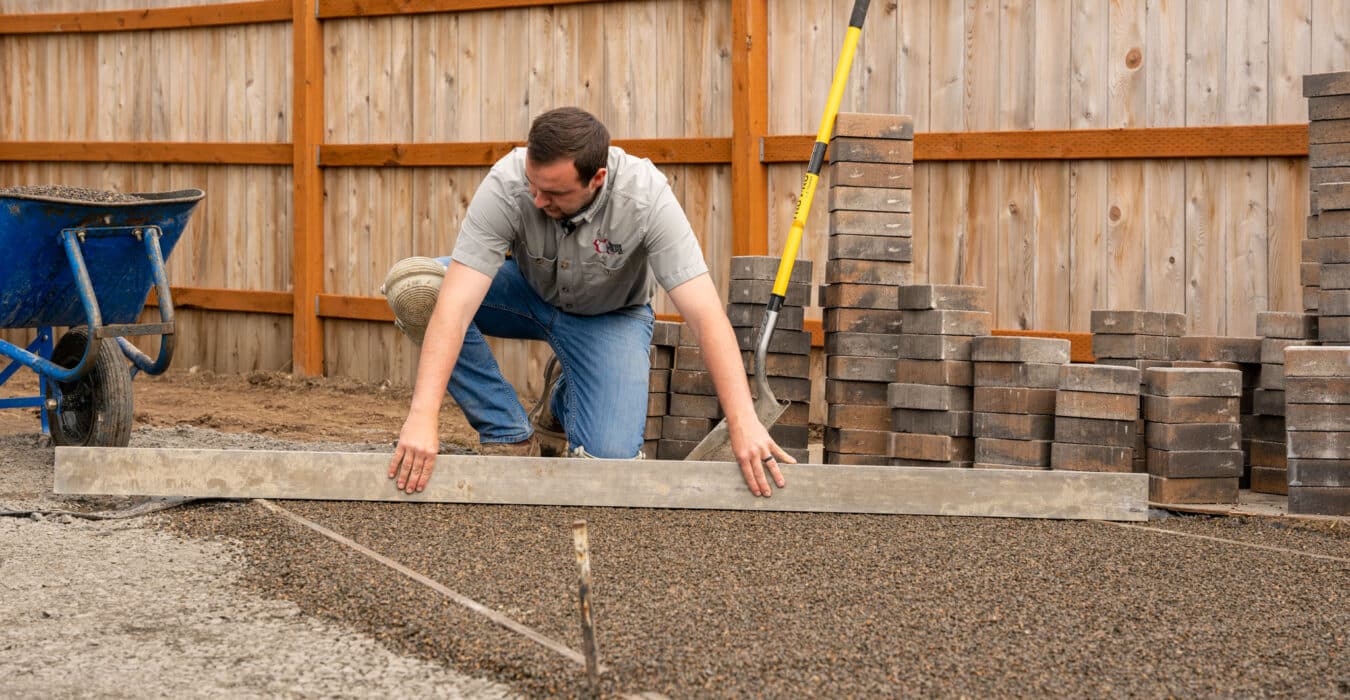
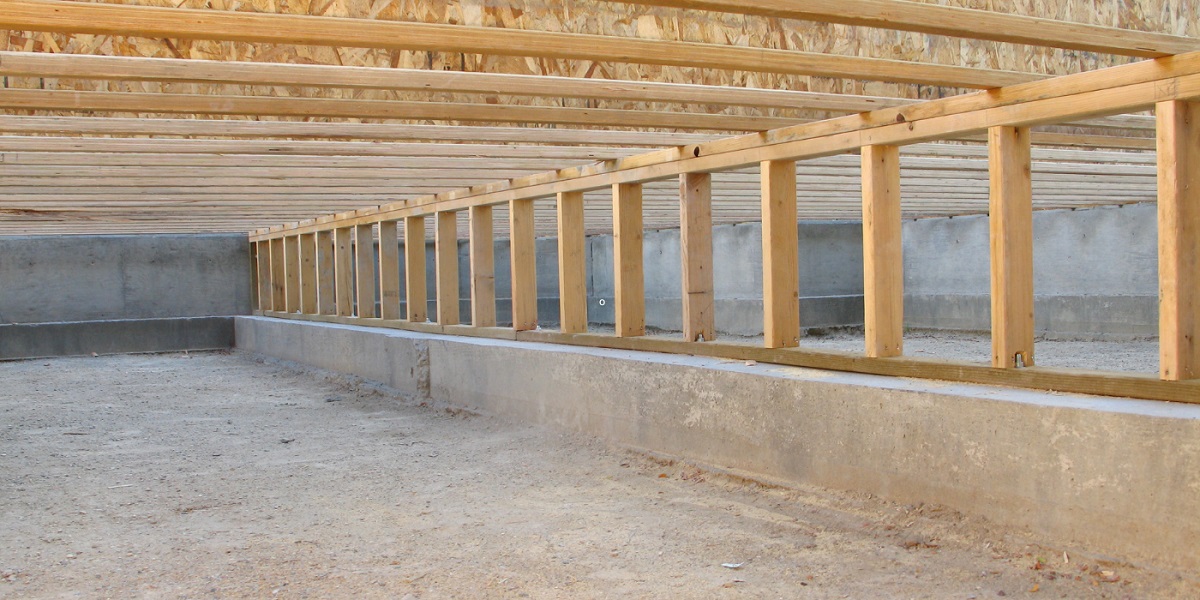
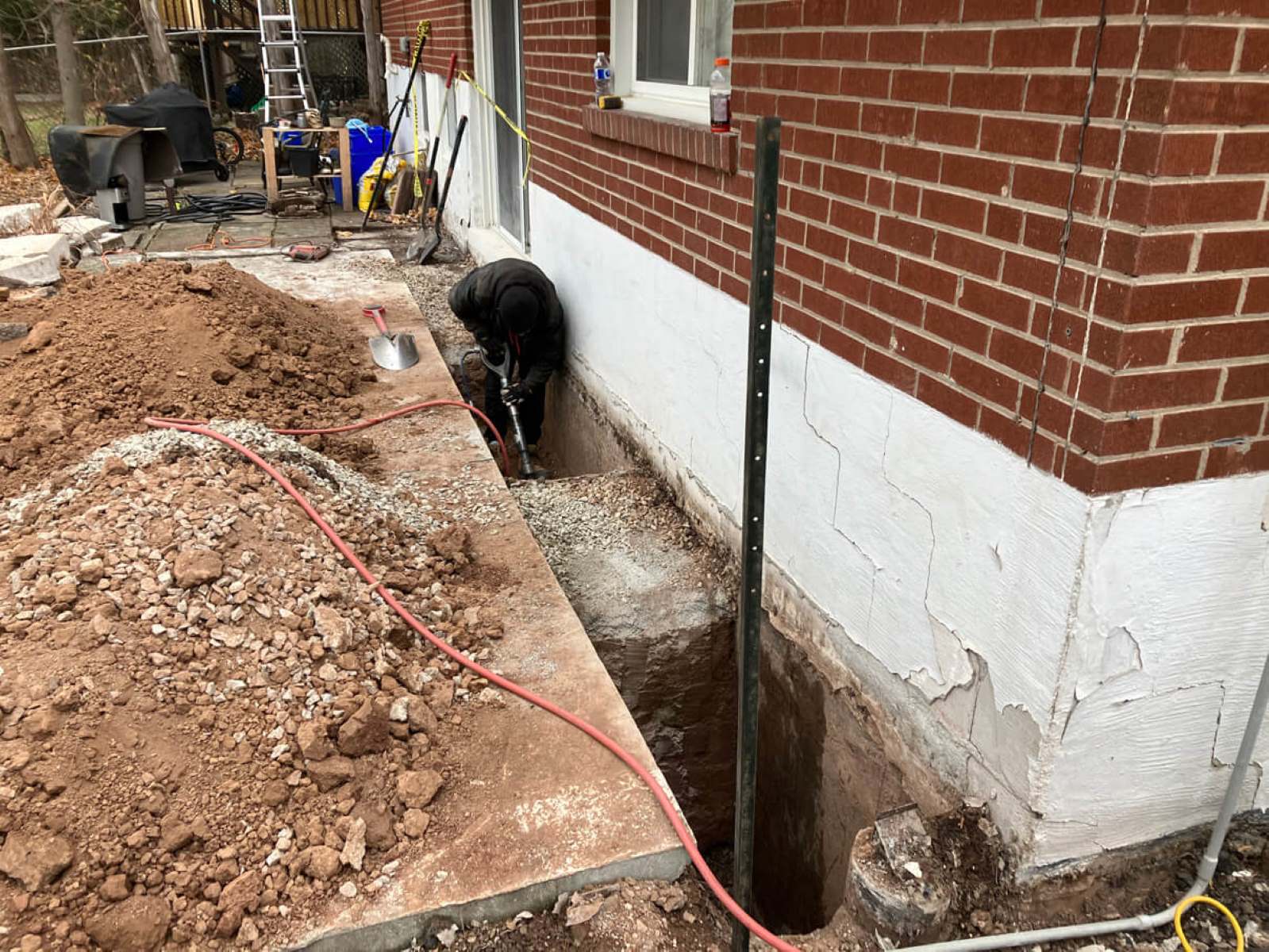
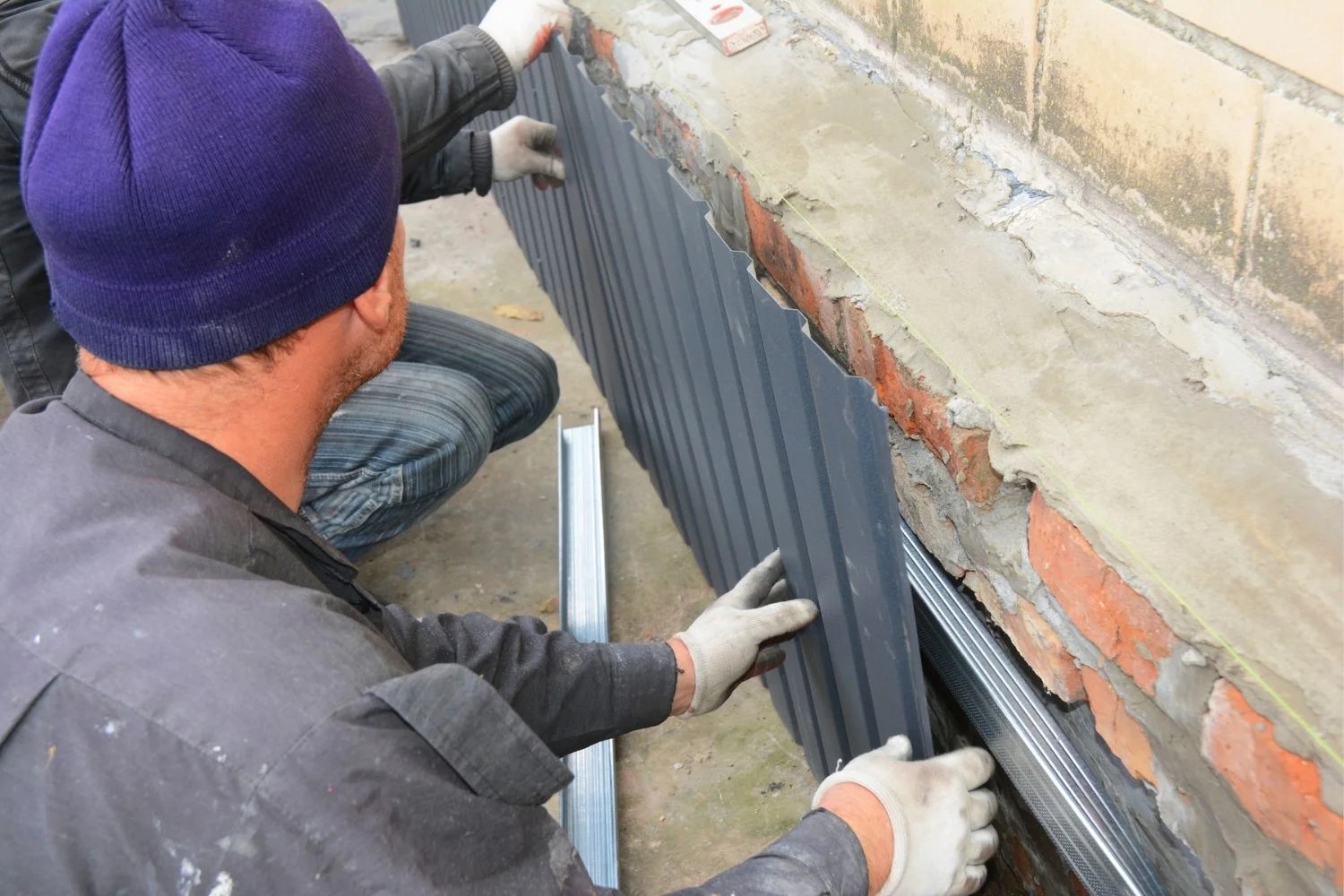
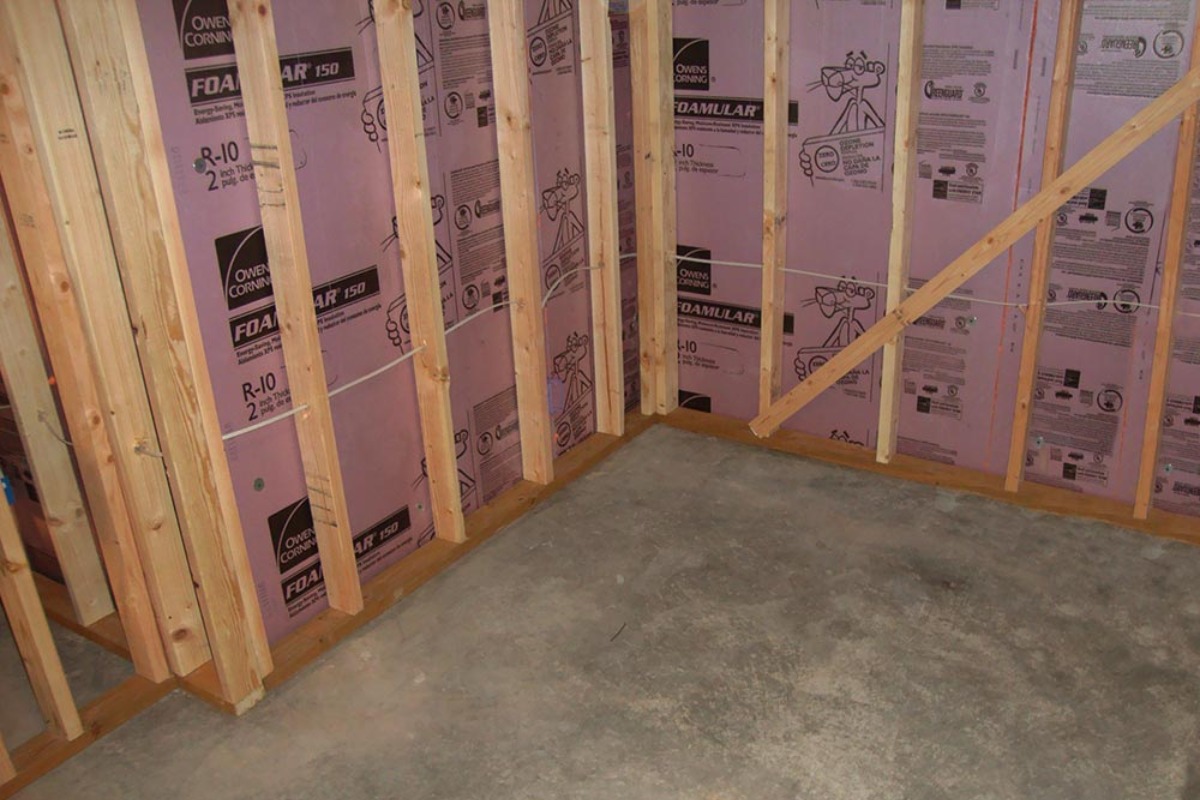
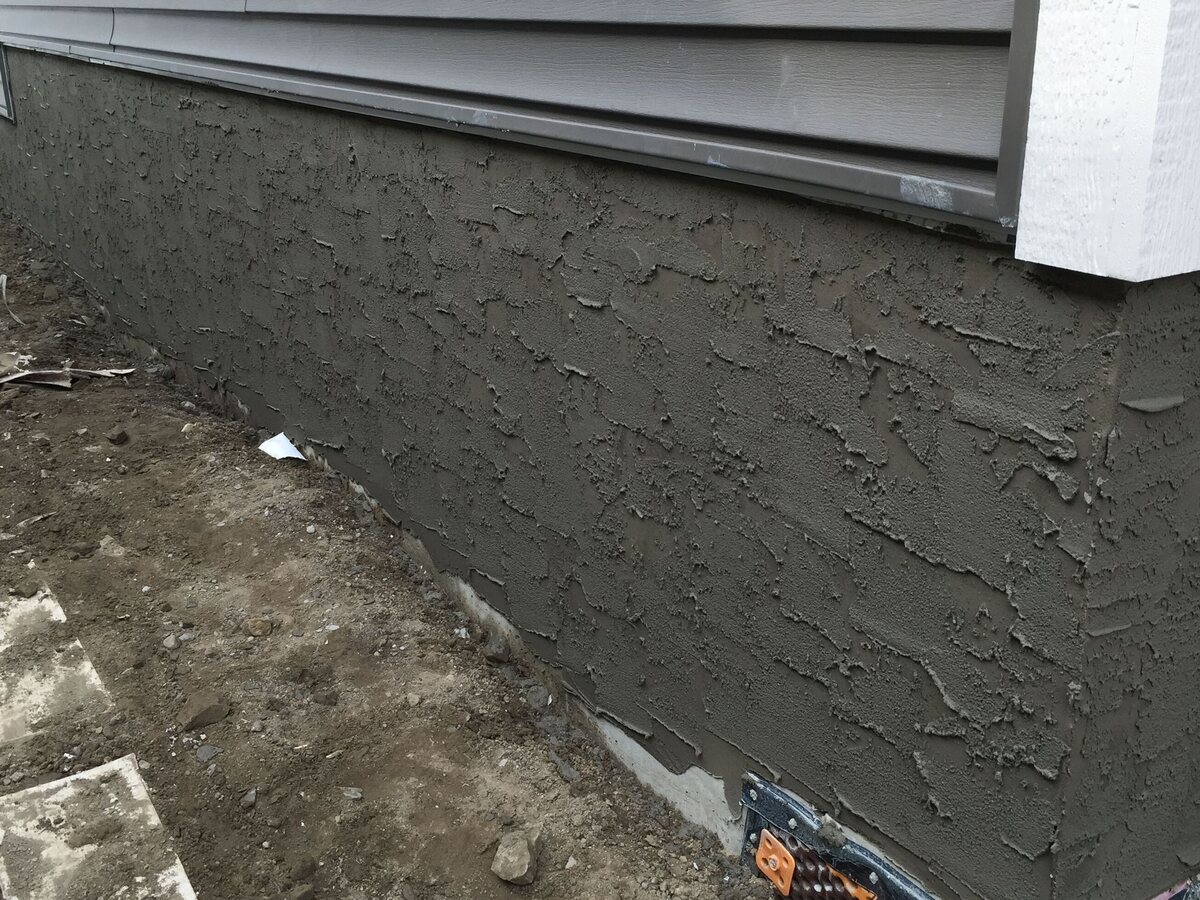
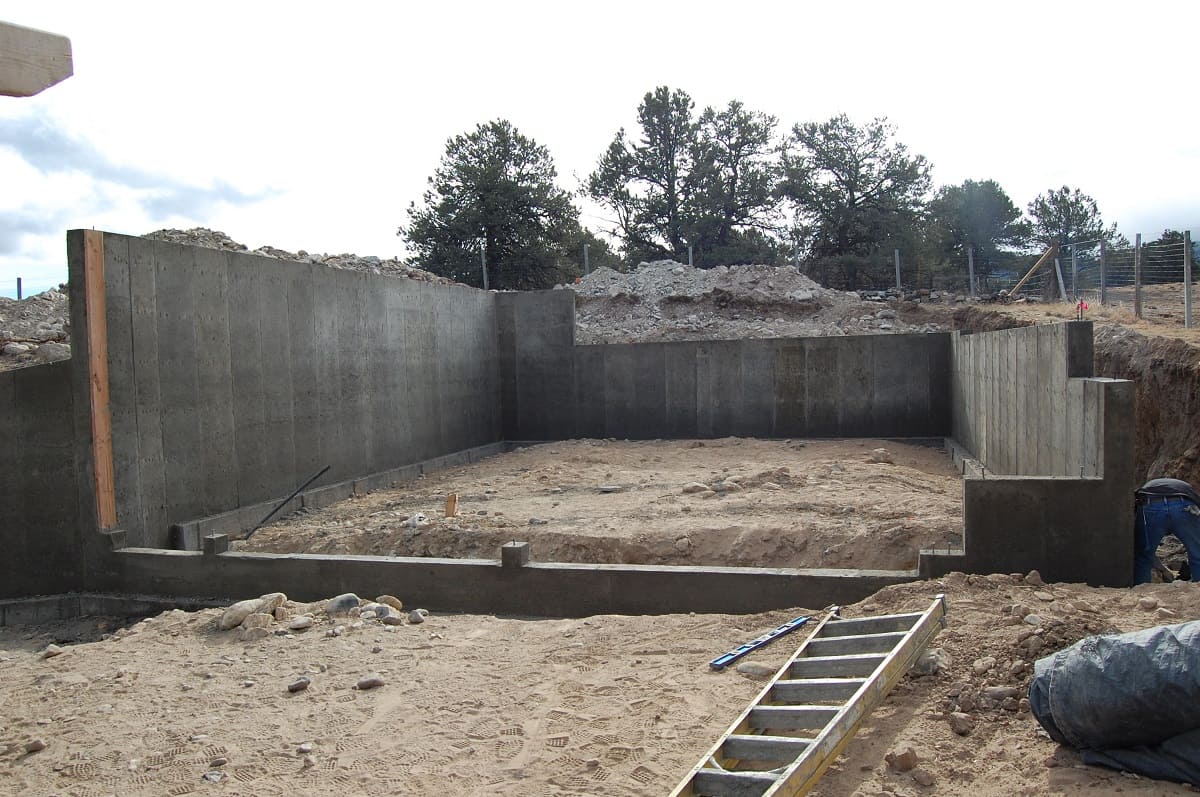
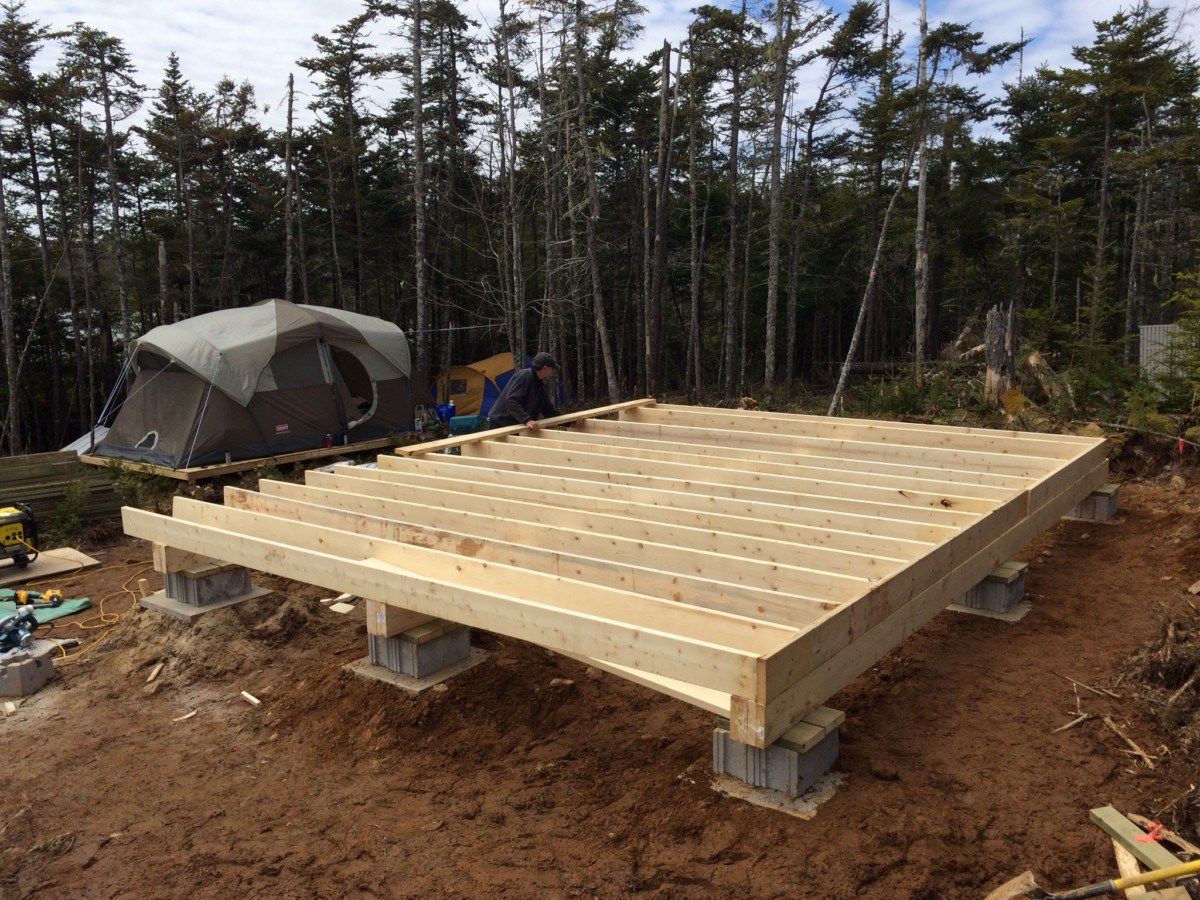
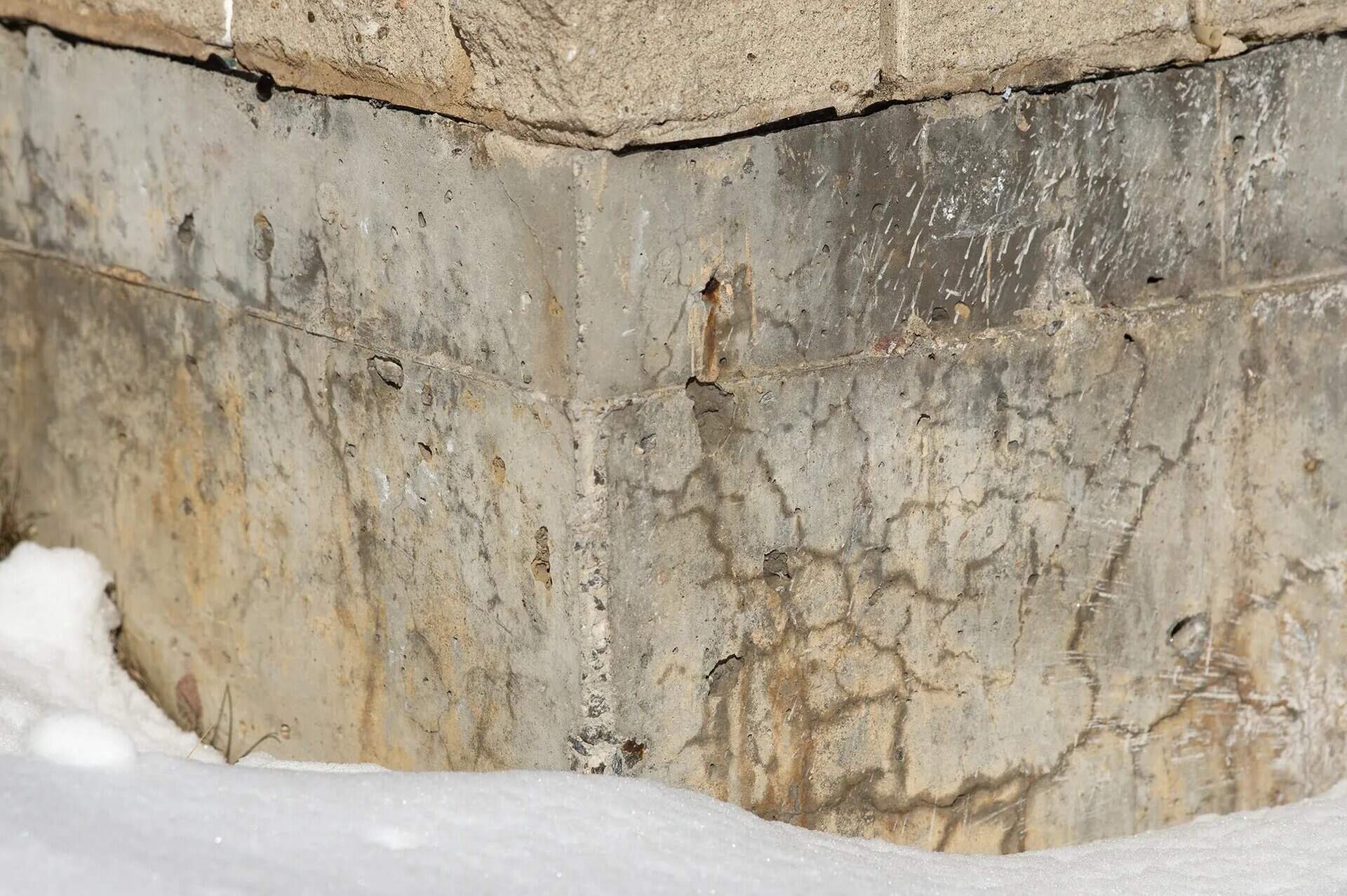
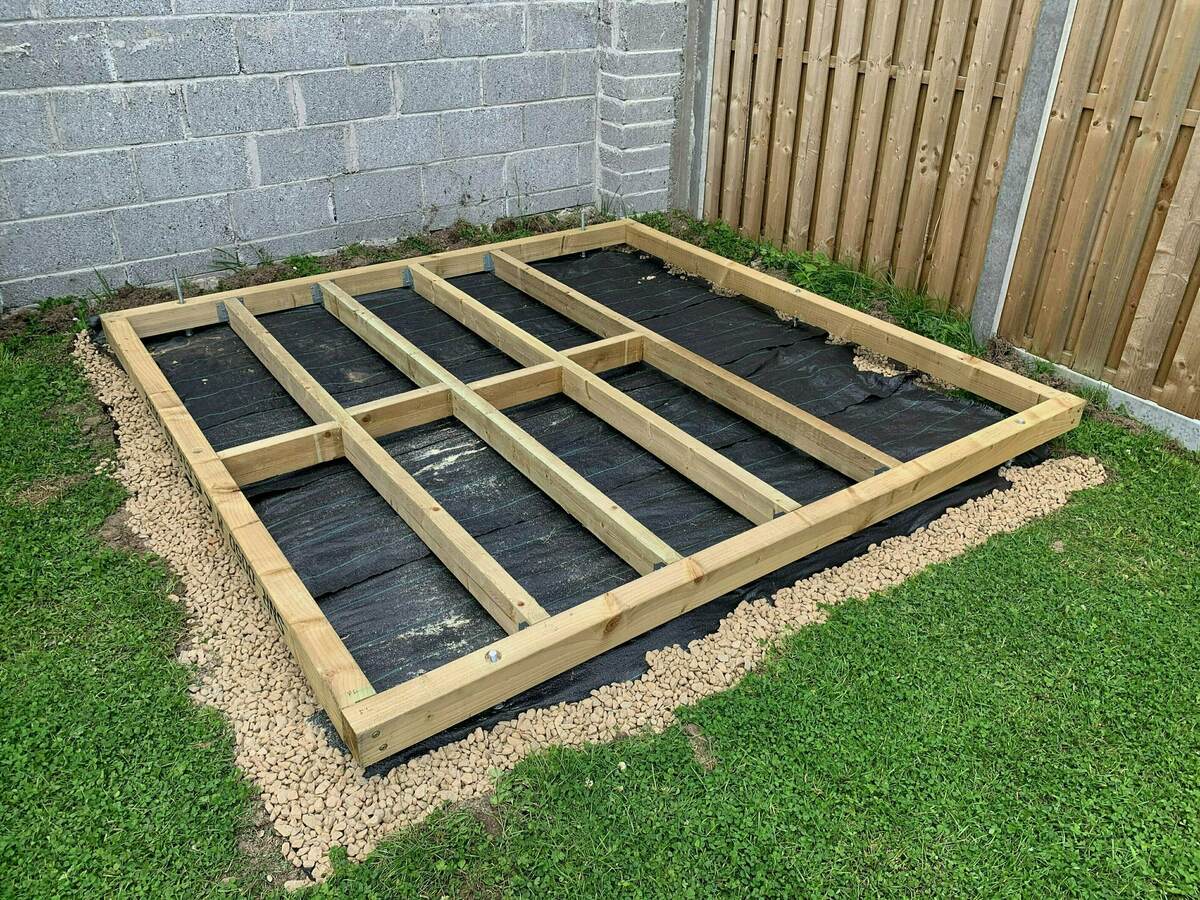
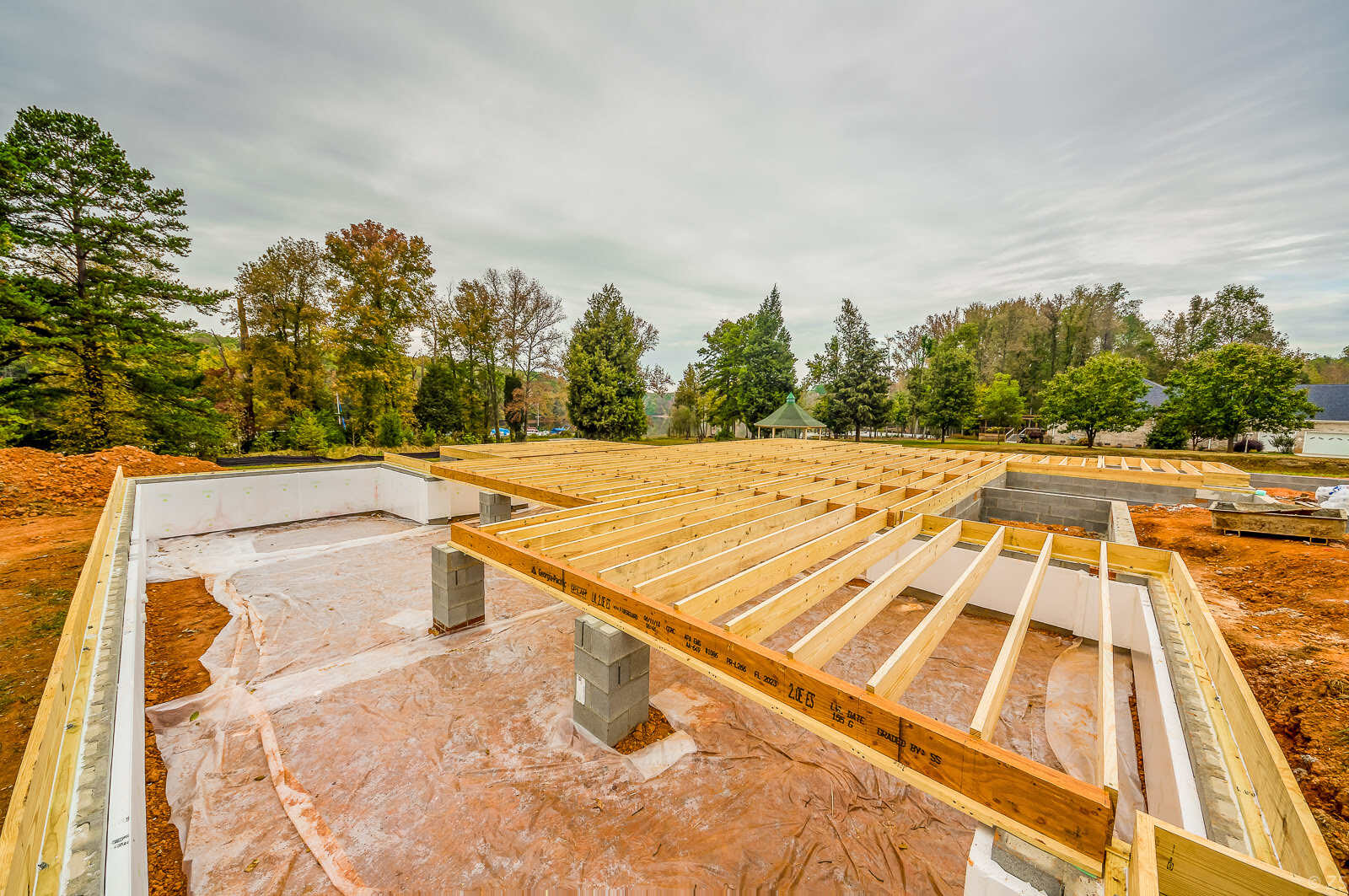
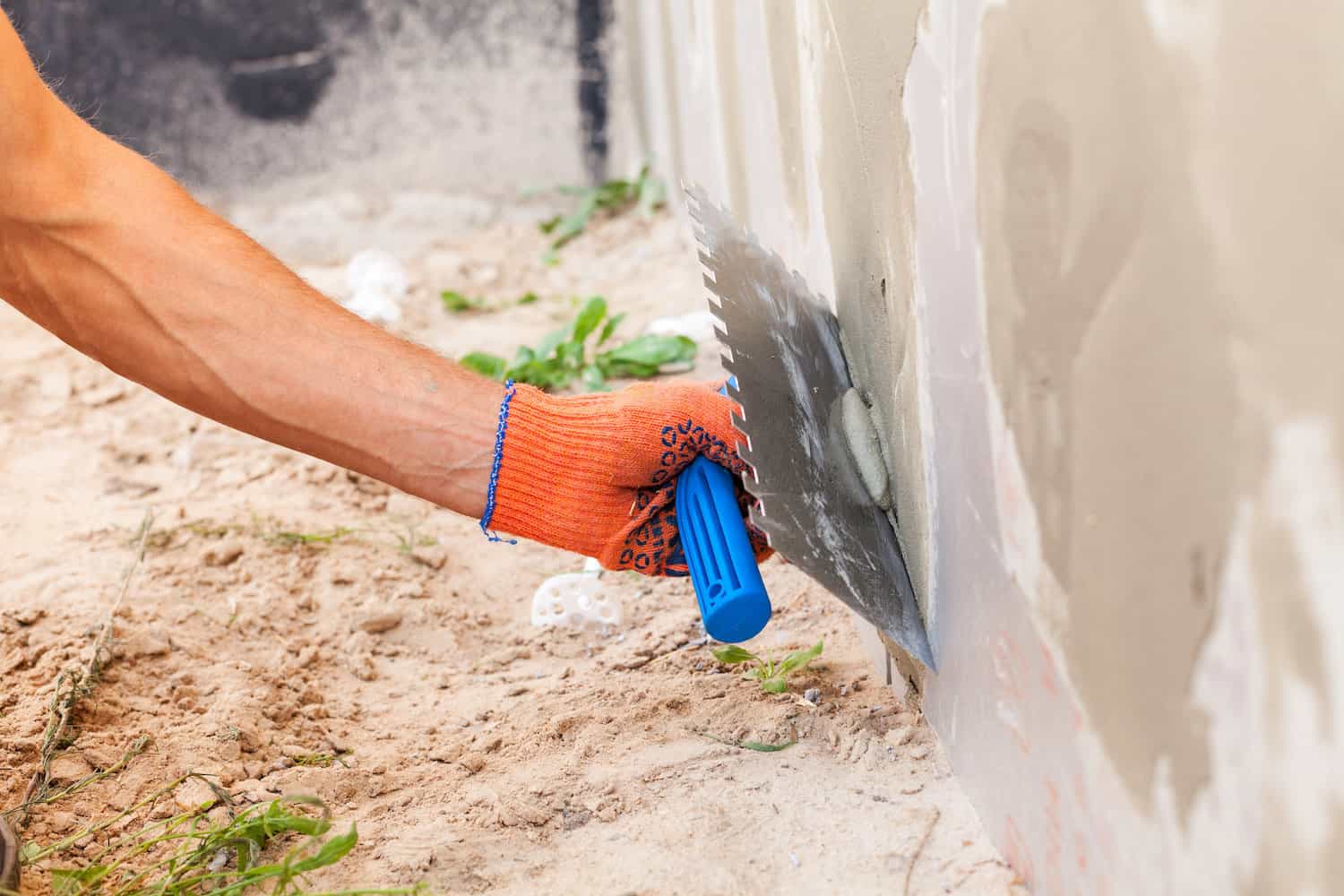

0 thoughts on “What Is The Foundation Of A Home”